Unlike its modern counterpart, though, the Rainbow's roof required manual work to remove, fold and stow in the back.
The angular proportions of the car no doubt lean heavily on the fact that the Rainbow was never proposed as a precursor to a mass-production model. This gave legendary styling house Bertone – and its head designer Marcello Gandini – the freedom to experiment with the Ferrari ethos and design language, the wedge profile and dramatic 90-degree lines having never before been seen on a car bearing the Prancing Horse badge.
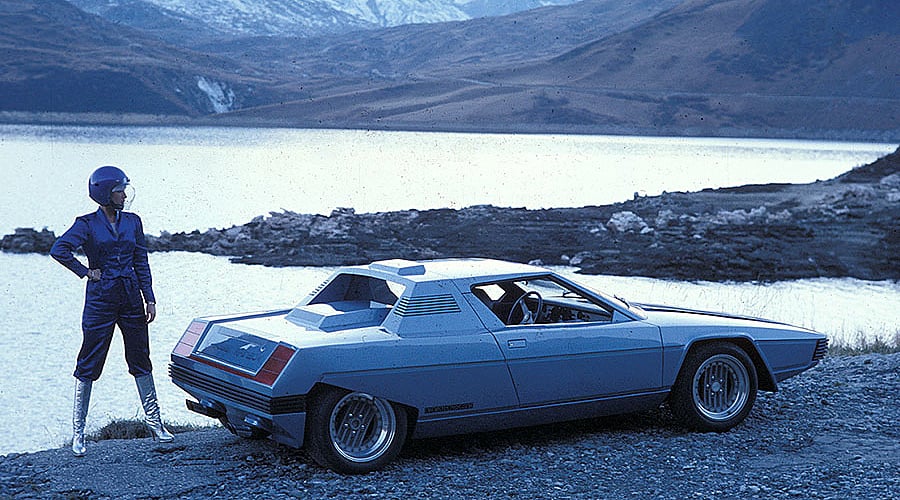
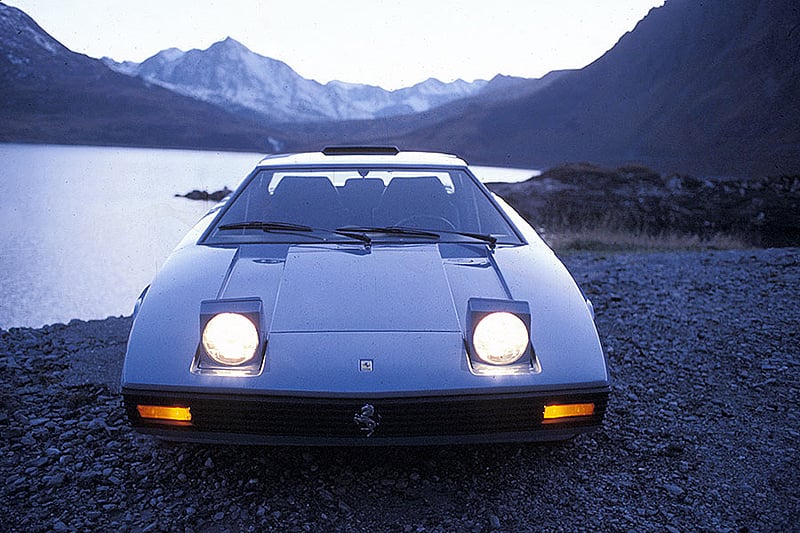
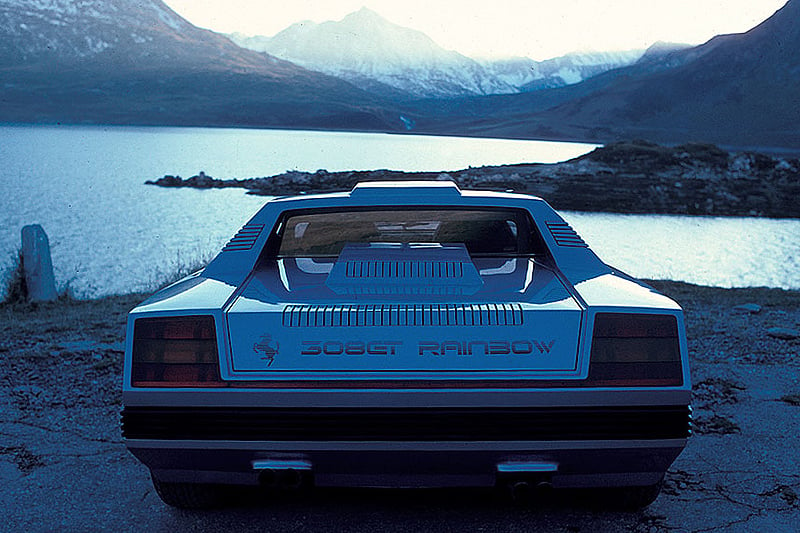
Ironically, the car might have made a good case for production had it been released half a decade later. When it was first shown in 1976, the public’s eyes were only just adjusting to the controversial shapes of the Gandini-designed Lamborghini Countach and Ferrari 308 GT4 (on which the Rainbow was based), after becoming accustomed to the swooping lines of the Miura and 246 ‘Dino’ of previous years. But the 1980s saw angular surfacing applied throughout the automotive design industry, meaning that a wedge-shaped Ferrari could have made sense.
What did make sense was the folding roof: a one-piece targa-style cover which rotated 90 degrees before being snugly stored between the passenger compartment and mid-rear-mounted 3.0-litre V8. Though manually operated, the mechanism can be considered as a basic interpretation of the now-perfected two-piece ensemble used 35 years later in the 458 Spider. A commendable achievement given that even from its conception, the fate of the Rainbow lay on the cutting-room floor of automotive history.
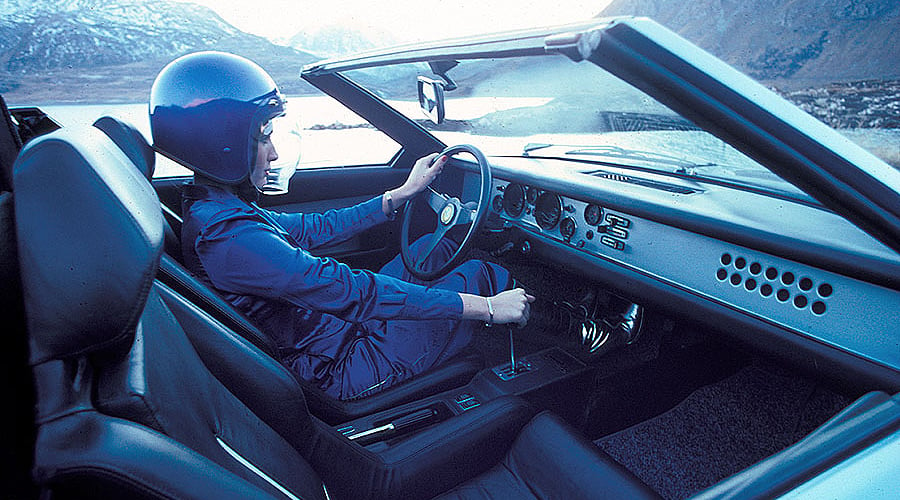
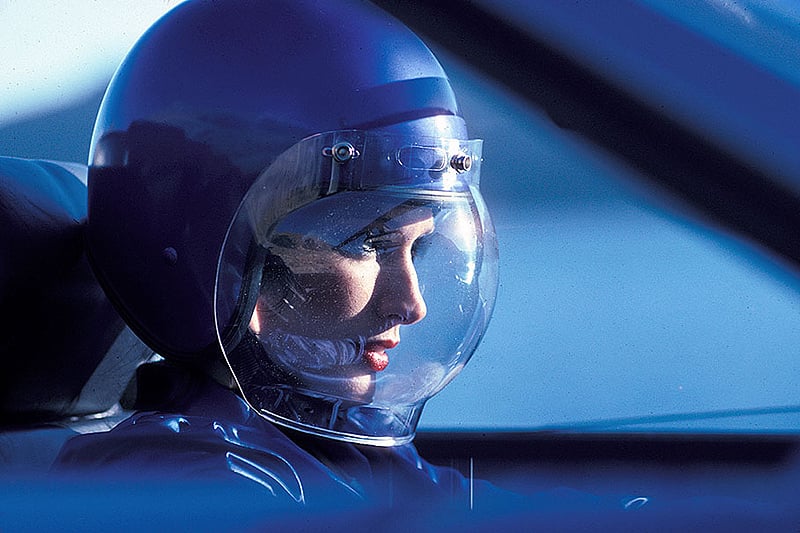
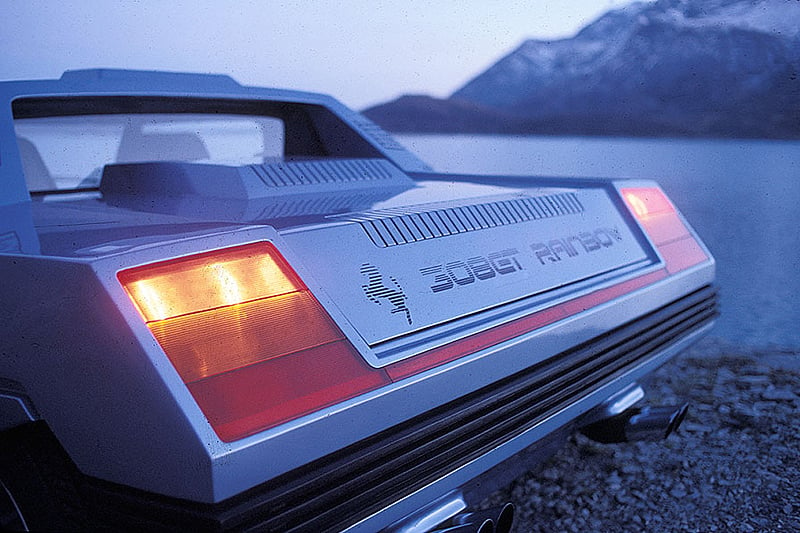
The Rainbow is believed to currently reside in Bertone’s private museum collection, having narrowly avoided the lotlist for the RM Auctions Villa d’Este sale in March this year, at which six of its conceptual Bertone brethren were sold to private collectors.
Photos: Rainer Schlegelmilch









